Summary
Some of the most prevalent fish in the area include rainbow trout, brown trout, brook trout, and cutthroat trout. These fish are found in streams and rivers throughout the area, and can be caught using a variety of fishing techniques, including fly fishing and bait casting.
In addition to fishing, the Bald area offers a variety of nearby activities, including hiking, camping, and wildlife viewing. There are several campgrounds in the area, as well as hiking trails that lead to scenic viewpoints and waterfalls.
When fishing in the Bald area, it is important to pay attention to the weather and water conditions. The best time to visit is typically in the late spring or early summer, when water levels are high and the fish are active. The average temperature during this time of year is around 70 degrees Fahrenheit.
Some fishing tips for the Bald area include using a variety of fly patterns and bait, fishing early in the morning or late in the evening when the fish are most active, and practicing catch-and-release to preserve the fish population.
Overall, the Bald fishing area in Utah is a great destination for anglers looking to catch a variety of trout species in a scenic and peaceful setting.
Weather Forecast
Nearby Streamflow Levels
Angling Safety Guidelines
Check local fishing rules, seasons, size limits, and license requirements to ensure legal and sustainable angling.
Handle Fish Responsibly
Use wet hands, minimize air exposure, and release fish gently to improve survival rates when practicing catch-and-release.
Choose the Right Gear
Match your rod, line, and tackle to the species and conditions to increase success and reduce unnecessary harm to fish.
Respect the Waterway
Avoid disturbing habitat, prevent bank erosion, and keep a safe distance from spawning areas to protect ecosystems.
Keep It Clean
Pack out all line, hooks, bait containers, and trash—discarded gear can injure wildlife and degrade waterways.
Related Links
Area Campgrounds
| Location | Reservations | Toilets |
|---|---|---|
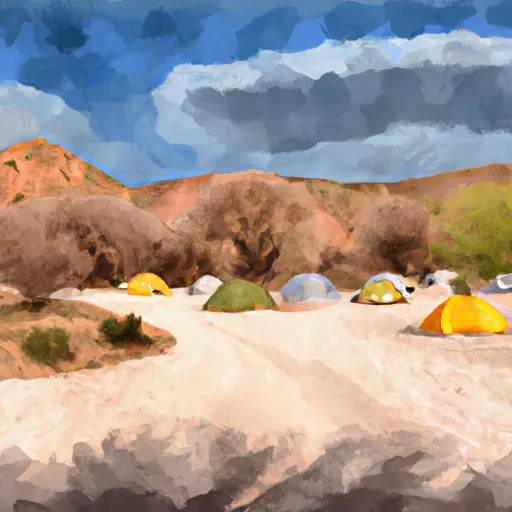 Ccc Campsite
Ccc Campsite
|
||
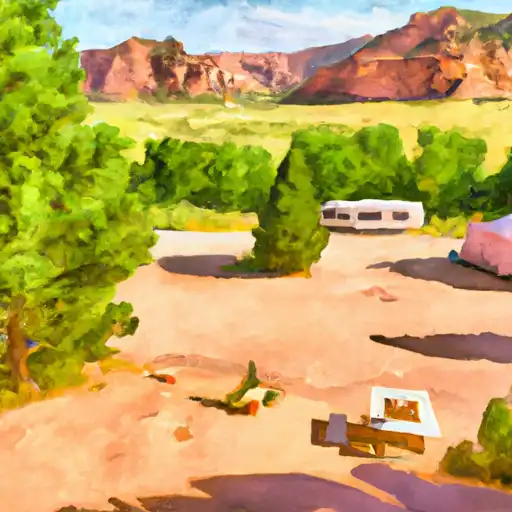 Tinney Flat
Tinney Flat
|
||
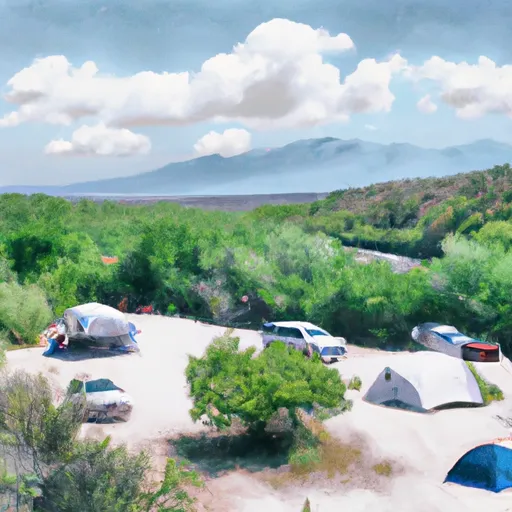 Tinney Flat Campground
Tinney Flat Campground
|
||
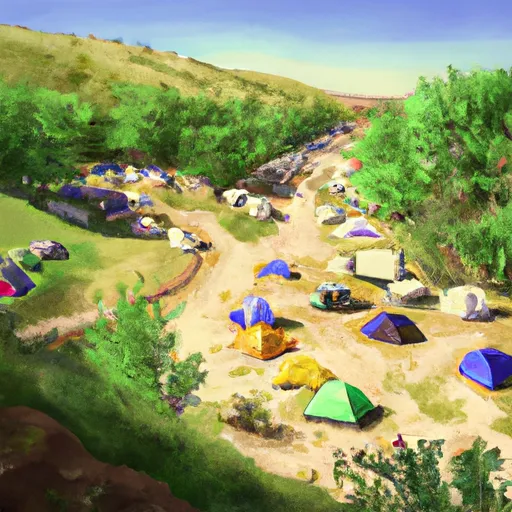 Blackhawk Campground
Blackhawk Campground
|
||
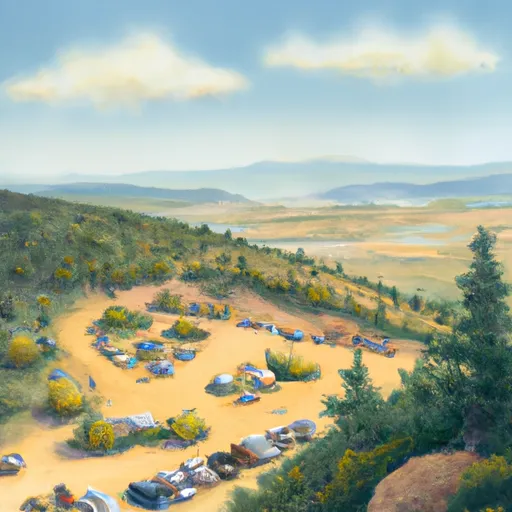 Blackhawk
Blackhawk
|
||
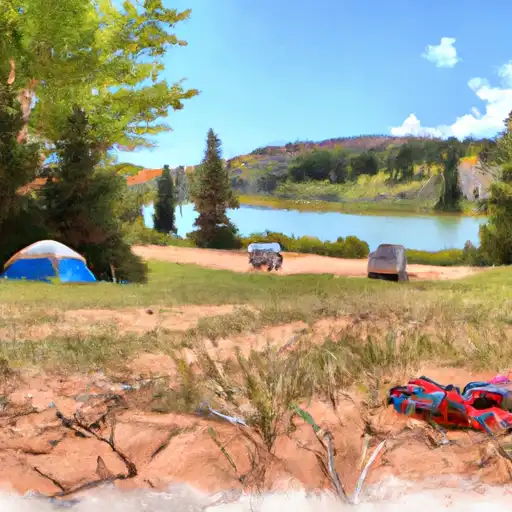 Payson Lakes
Payson Lakes
|

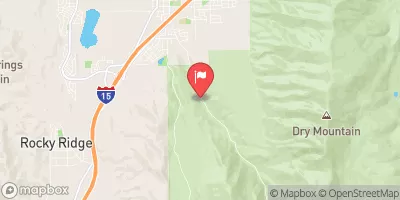
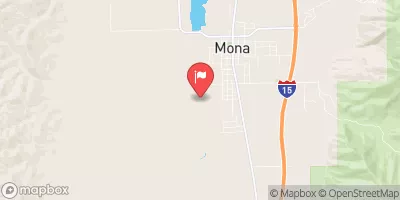
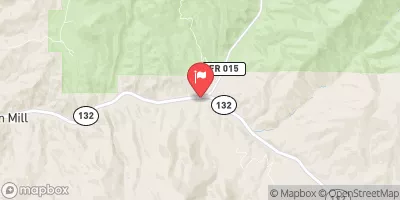
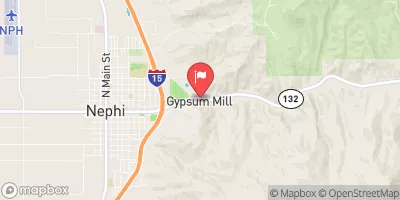
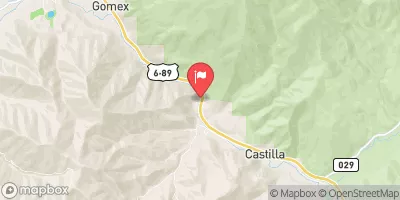
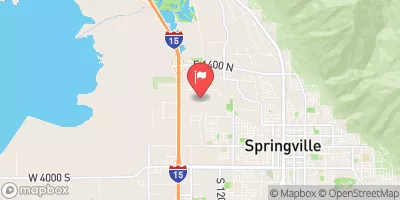
 Winward (Pete)
Winward (Pete)
 Birdseye State Wildlife Area
Birdseye State Wildlife Area
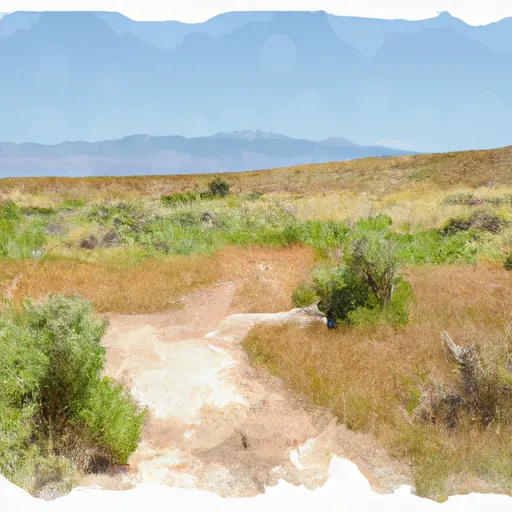 Mona Bench State Wildlife Area
Mona Bench State Wildlife Area
 Wilderness Mount Nebo
Wilderness Mount Nebo
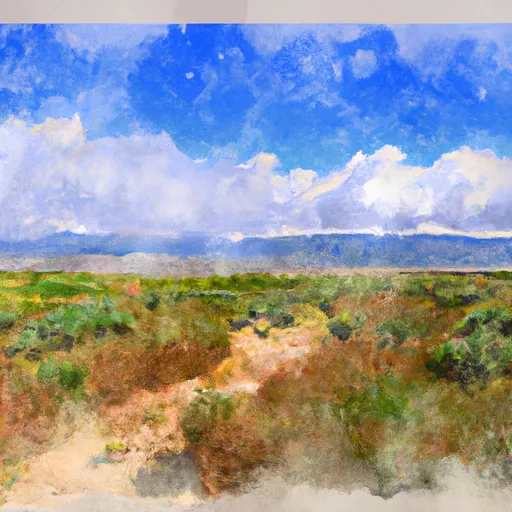 Spencer Fork State Wildlife Area
Spencer Fork State Wildlife Area
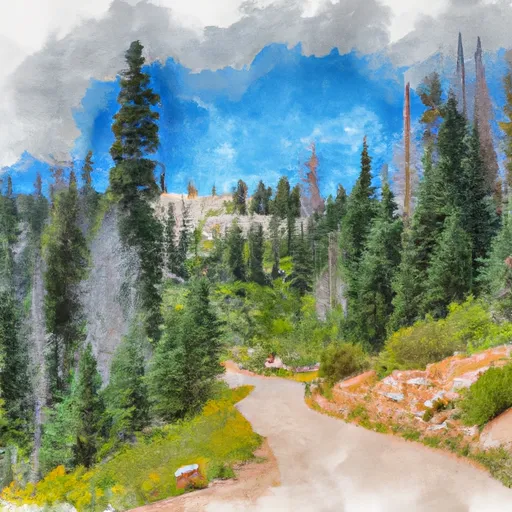 Uinta National Forest
Uinta National Forest